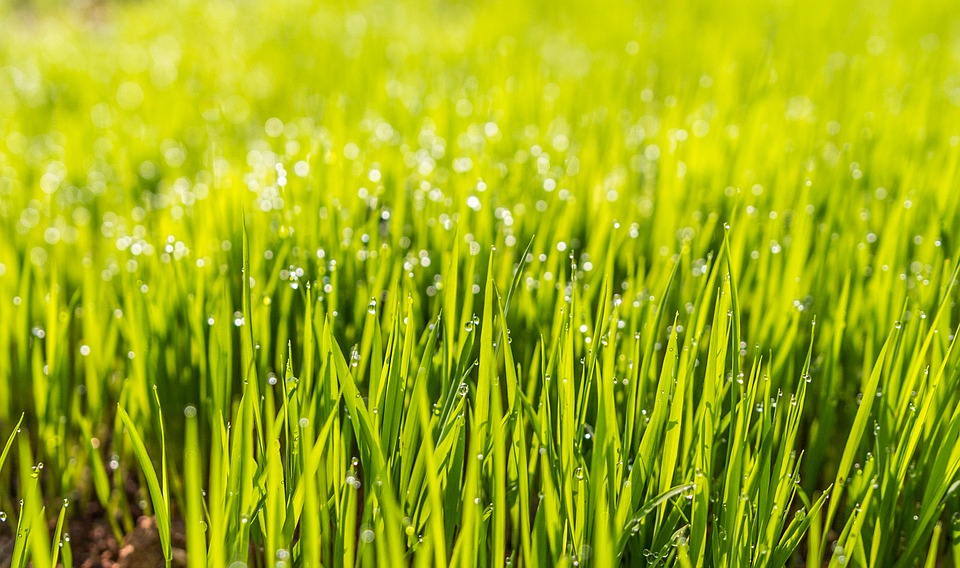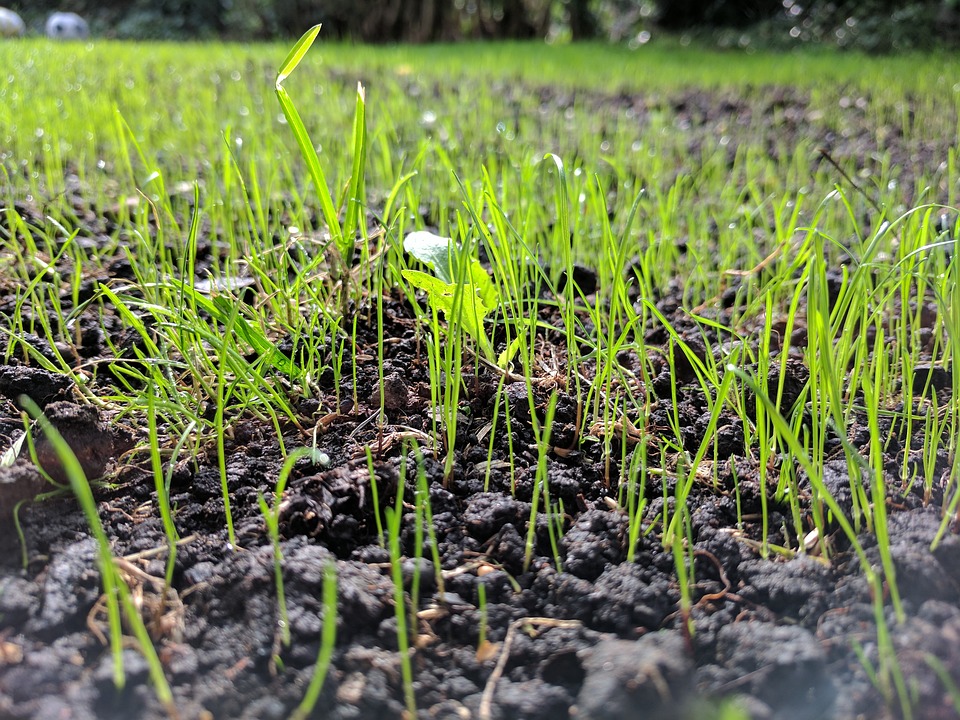For many of us, lawn grass is simply that – grass. However, did you know that not all grass is created equal?
In fact, once you get to the root of the matter, there are actually a wide variety of lawn enforcers involved in this turf war, most of which come attached to an endearingly silly name.
Join us as we kick down that "KEEP OFF THE GRASS" sign and take a stroll through the meadows to explore some of the UK's most common grass types.

Different types of lawn grass in the UK
There are actually a wide range of grass species out there beneath your feet, whether you’re teeing off at the golf course, taking a penalty on the football pitch, or sipping a gin in your back garden.
Knowing which surface is right for your property can be a tough task, so it’s important to know what’s what before you’re left out in the weeds.
Here are four of the most common types of lawn grass in the UK:
Dwarf Ryegrass
Ryegrass is the most common grass type in both the UK and the US. This is primarily due to the fact that it’s both fast-growing and highly resistant, with particularly good recovery powers. Naturally, this transatlantic popularity has absolutely nothing to do with the fact that it’s also cheaper than anything else by a considerable margin…
That being said, ryegrass is undoubtedly an effective lawn surface; however, due to its rapid growth qualities, it does require regular mowing. This can necessitate two cuts per week during peak periods, while it also needs a lot of fertilising throughout the year to keep it on top form.
Annual Meadowgrass
Often viewed as a hybrid weed grass for its ability to infiltrate soil without an invite, meadowgrass is another common grass type found on both sides of the Atlantic. However, unlike its cost-effective cousin, this top turf has found popularity not because of its price but due to its sheer adaptability and ability to thrive in a whole host of different terrains.
Annual meadowgrass has shallow yet dense roots, allowing them to grow virtually anywhere. Sadly, its resilience doesn’t match its versatility, and the lifespan of meadowgrass is far from impressive. Meadowgrass can become very weak in wintertime and even die out altogether (hence “annual” meadowgrass).
This somewhat high-maintenance characteristic makes it more common amongst lawns that are continually cared for. As such, annual meadowgrass is a preferred favourite amongst golf courses and bowling greens, and is a regularly found in cultivated turf.
Slender Creeping Red Fescue
The slimline sibling of traditional red fescue, the aptly named slender creeping red fescue is another favoured choice amongst groundskeepers of the bowling green/golf course community. It’s also found in most lawn mixes for its two-fold qualities of aesthetic appeal and durable practicality.
Creeping red fescue survives well in dry and shady conditions, requiring less maintenance than most grass types in the UK. It also takes hold relatively quickly, making it a great grass choice for those starting a new lawn from scratch.
Common Brown-Top Bent
Common bent (also known as brown-top bent) is – as the name suggests – extremely common in the UK, especially in moorlands and wasteland areas.
While it’s capable of growing on most soil types from sand to clay, common bent is most common on soils with poor acidity, requiring relatively low-maintenance. That being said, it’s also capable of withstanding close mowing, making it another top candidate for bowling and golf greens.

Which grass is best for my garden?
With such a variety of lawn surfaces to choose from, finding the right one for your garden can be a daunting task, especially for those new to the gardening game.
To turf or not to turf? If not, sow what? So many questions!
Don’t lay miserably; lay down the lawn with the help of Lawn & Weed Expert!
Call 0800 111 4958 to speak with one our lawn care specialists today, or click the button below to request a FREE lawn survey.
Request a FREE Survey